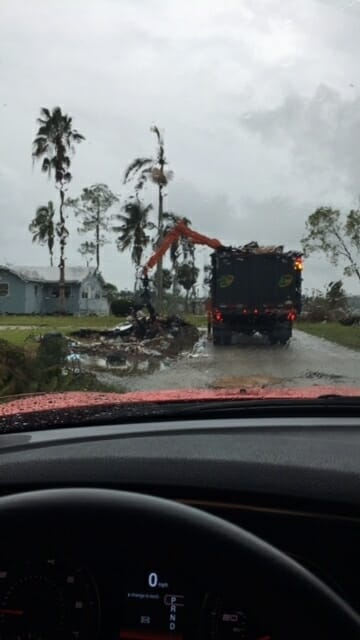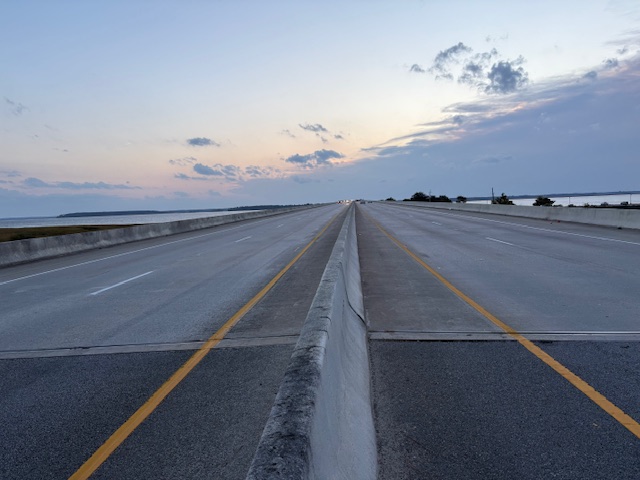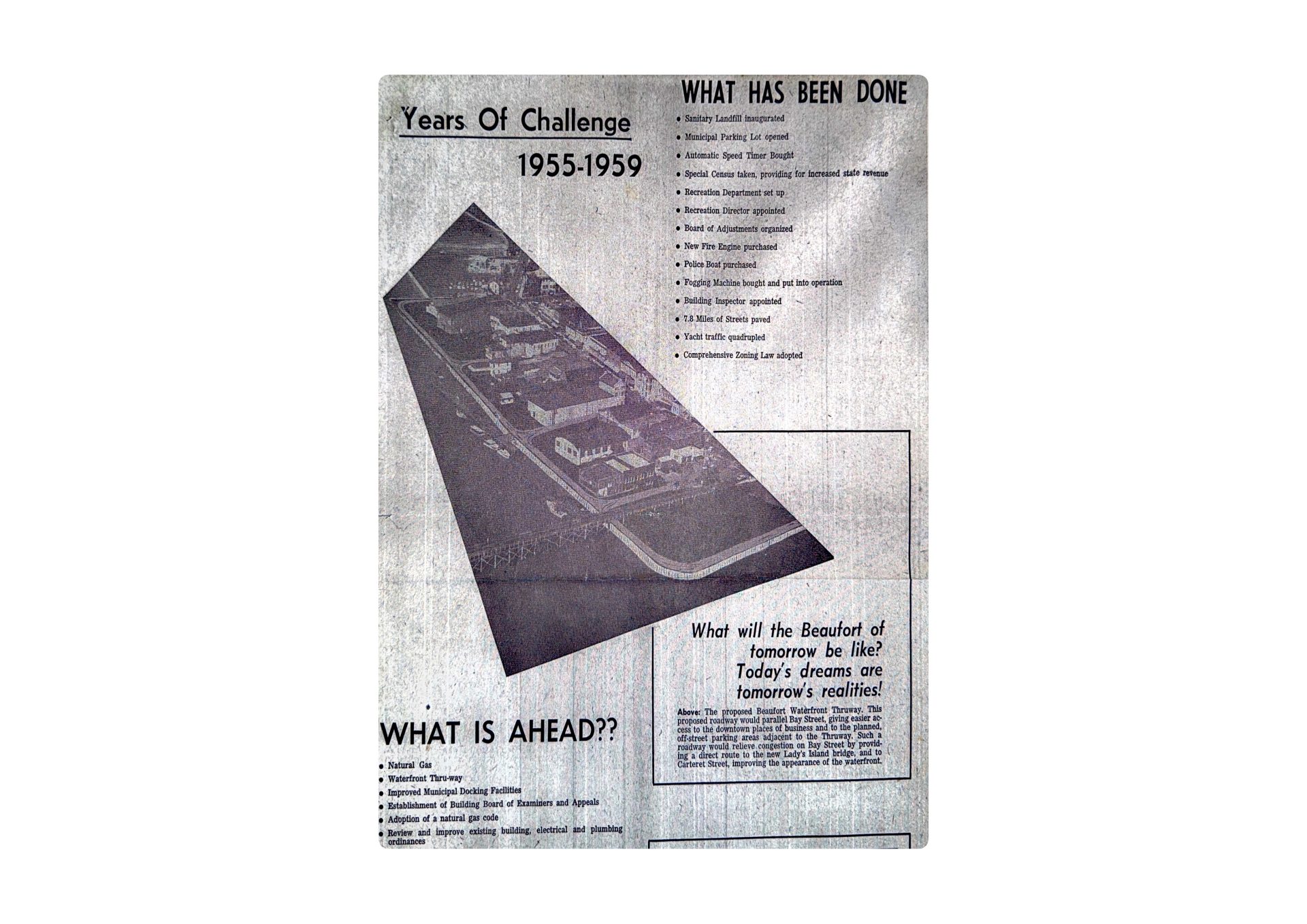
By Bill Rauch
The freedom to go where you please when it pleases you to go there is one of the many benefits of post-mayoral life.
Those who know me well will not be surprised by this story.
Last week when the opportunity arose I packed up and headed down to Collier County, Fla., the place on the Florida mainland that was hardest hit by Hurricane Irma.
At 2,305 square miles, Collier County is by acreage the largest county in the lower 48. It runs from Everglades National Park in its southeast corner to the town of Bonita Springs in the north along the Gulf coast. The towns of Everglades City, Marco Island, Naples and Ft. Myers are all here.
When Hurricane Irma came ashore in Collier County a month ago she was a Cat 4, just like Hurricane Hugo in Charleston in 1989. The Naples Airport recorded sustained winds of 142 mph last month. The recorded sustained winds attributed to Hugo were 140 mph.
Collier County faces many challenges, not the least of which is working well and closely with a stretched-thin FEMA.
In this year of astonishing back-to-back natural disasters, the story is still the same. It is the big cities, Houston, San Juan and New Orleans that get the attention. But it’s in the smaller cities and towns and out in the countryside where the agonizing and sustained hurt is. Just ask Hilton Head Island if the vestiges of Matthew still haunt.
But that’s the way FEMA’s executives think and the network executives are right there with them. I guess you can’t blame them. The big cities are where the votes are … and the ratings.
But even if there hasn’t been much about it on cable news, Collier County is a major disaster area.
I may be here a while, and this column may not appear as regularly as it has in the past.
But I promise to keep you posted.
Bill Rauch was the mayor of Beaufort from 1999-2008. Email Bill at TheRauchReport@gmail.com.




